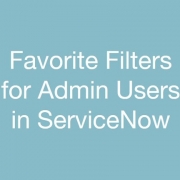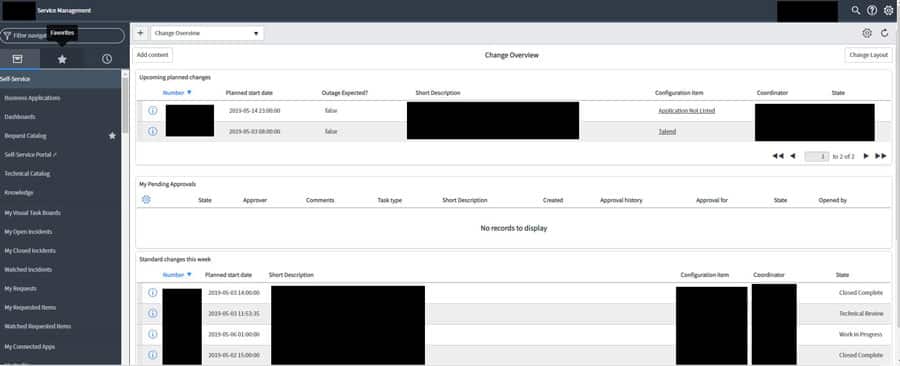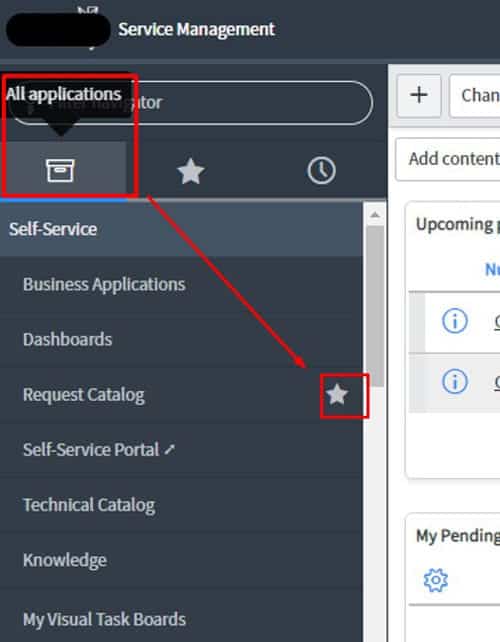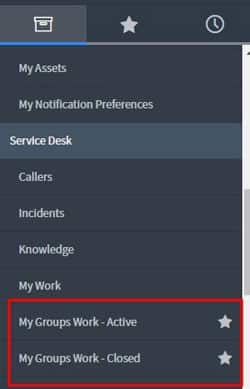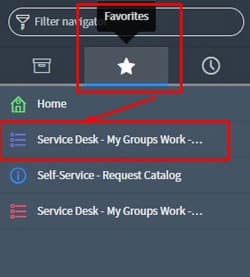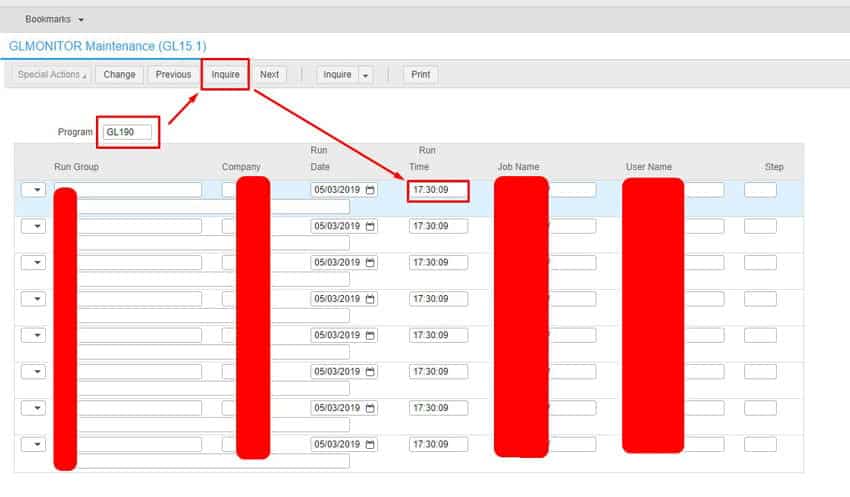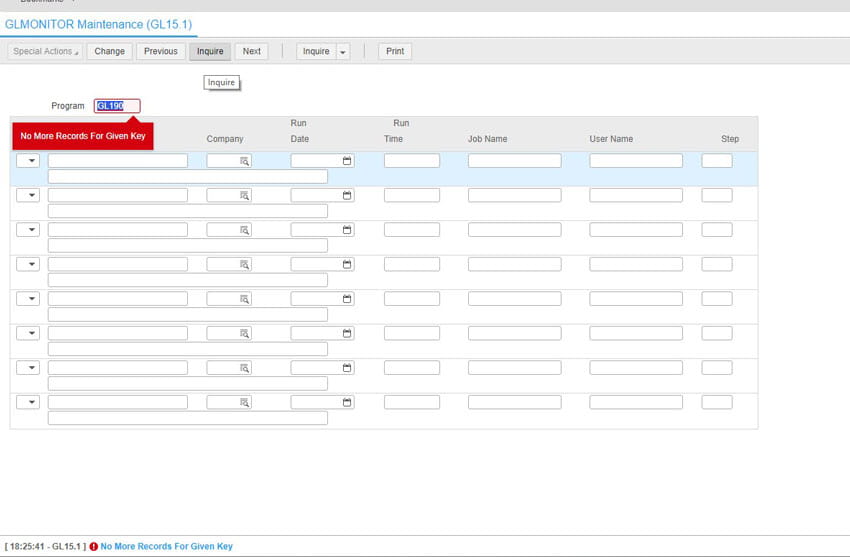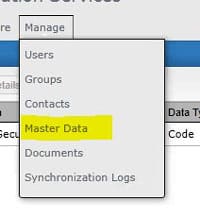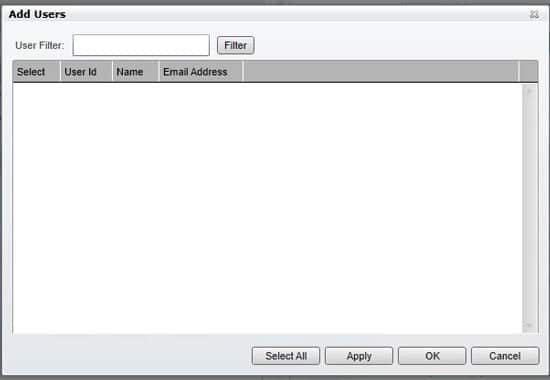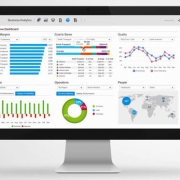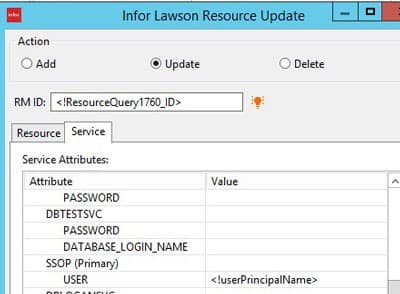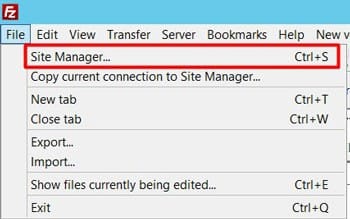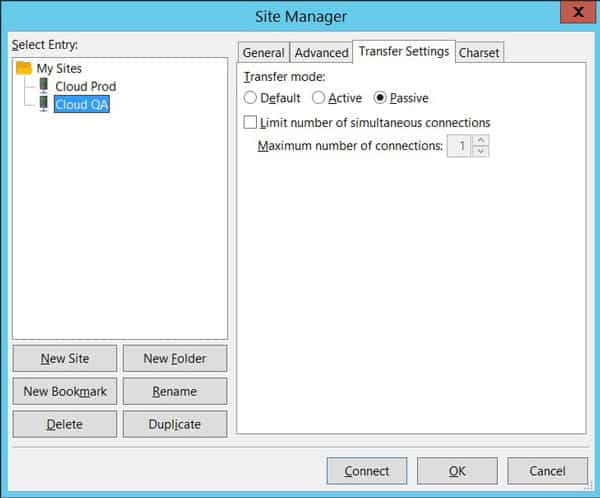Gartner Inc. has positioned Infor in the Leaders quadrant of the 2019 Magic Quadrant for Warehouse Management Systems. The tech giant is being recognized for completeness of vision and ability to execute. Rod Johnson, EVP & GM, Manufacturing and Supply Chain, Infor, said, “We believe that Infor’s position as a Leader in this Gartner Magic Quadrant reaffirms our belief that a single, unified, global warehousing solution built to take advantage of business value of the cloud, provides a strong foundation for sustainable growth in the age of customer-driven supply chains.” The newest member of the Infor Cloudsuite products, Infor Cloudsuite WMS, us the evolution of Infor SCE (Supply Chain Execution), which combines Infor’s enhanced capabilities in warehouse management with the computing power of the cloud. Infor CloudSuite WMS also brings the agile, flexible and proven performance Infor cloud customers have come to expect. Visual warehousing, labor management, and open API framework come standard with CloudSuite WMS. This helps reduce the need to add additional features or customization and paves the way for advanced warehousing capabilities.


